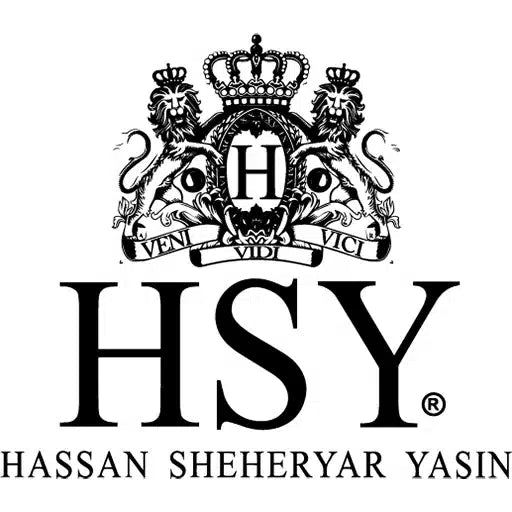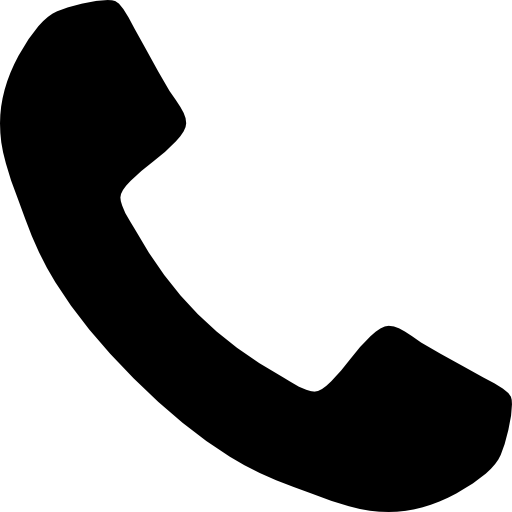
How to choose the perfect bridal dupatta style
Share
A dupatta is more than just a piece of fabric. For a bride, it is the crown of her attire, the veil of dreams, and the final touch that transforms her into the vision she has always imagined. In South Asian weddings, especially Pakistani weddings, the dupatta carries both cultural symbolism and aesthetic grace. It drapes over the head and shoulders, symbolizing modesty, while its embroidery and draping styles tell a story of heritage, artistry, and personal expression.
This guide will walk you through how to choose the perfect bridal dupatta style for your big day, exploring wedding events, draping techniques, and modern dupatta fashion trends.
Understanding the role of the bridal dupatta
The bridal dupatta is not just an accessory. It completes the bridal look. From heavily embellished wedding dupattas to soft net drapes, each choice reflects personality and tradition. Whether it’s a wedding in Pakistan or a cross-cultural South Asian celebration, the dupatta frames the bride in elegance.
Bridal dupatta styles also connect deeply to rituals. Covering the head during the nikkah or leaning into dramatic draping for the baraat creates a mood that’s both respectful and powerful.
Bridal dupatta styles for different wedding events
Every wedding event in Pakistan has its own charm, and your dupatta style can elevate that experience:
-
Mehndi: Brides usually wear lighter, playful dupattas—often in chiffon or georgette with gota or mirror work. Draping can be casual, pinned on one shoulder, leaving you free to dance.
-
Nikkah: Here, simplicity reigns. A Pakistani bridal dupatta in soft shades with delicate embroidery, often placed neatly on the head, creates a modest yet romantic aura.
-
Baraat: This is where grandeur shines. Think heavily embellished velvet or organza dupattas with intricate borders, draped royally over the head and cascading down the shoulders.
-
Walima: Modern brides often go lighter—choosing pastel dupattas with subtle sequin work, styled elegantly across both shoulders or flowing gently to the side.
Each event allows you to express a different side of your personality, and your dupatta styling ties it all together.
Choosing the right fabric for your dupatta
Fabric determines both comfort and drama. Net dupattas are lightweight and perfect for layering, while silk and velvet create a regal, traditional look. Organza dupattas offer crisp volume, while chiffon flows effortlessly for a more relaxed vibe. The key is balancing fabric with your outfit: a heavily embroidered lehenga may pair beautifully with a softer net dupatta, while a simpler outfit could be elevated with a richly textured silk or velvet.
Draping techniques every bride should know
Wedding dupatta draping is an art that changes your entire look. A few timeless and modern bridal dupatta draping ideas include:
-
Classic head drape: The most traditional style, with the dupatta gracefully covering the head, perfect for the baraat or nikkah.
-
One-shoulder cascade: Elegant and modern, allowing the dupatta to flow from one shoulder—ideal for walima receptions.
-
Double dupatta style: Popular among brides who want both tradition and flair—one dupatta draped on the head, the second pinned stylishly around the body.
-
Side sweep: Pinned on one side and flowing across the body, this style adds effortless sophistication to bridal portraits.
Bridal dupatta trends in Pakistan
Modern bridal dupatta trends are evolving yet rooted in heritage. Some current dupatta fashion trends include:
-
Statement borders: Wide embellished borders in zardozi, sequins, or pearls.
-
Pastel hues: Beyond traditional reds and maroons, soft tones like peach, lilac, and mint are becoming popular.
-
Layered dupattas: Combining sheer fabrics with heavier ones for added depth.
-
Contrasting shades: Pairing a lehenga in one color with a dupatta in a strikingly different shade.
These trends allow brides to feel both timeless and contemporary.
How to match your dupatta with your bridal outfit
The perfect bridal dupatta doesn’t just complement—it elevates. For heavily embellished lehengas or shararas, balance is key: go for a lighter dupatta. For simpler gowns or sarees, let the dupatta be the showstopper with bold embroidery or rich colors.
Pakistani bridal dupatta styling also takes into account jewelry. A matha patti or heavy tikka looks stunning under a neatly draped head dupatta, while dramatic earrings pair beautifully with side-swept draping.
Comfort and confidence come first
While fashion matters, comfort should never be overlooked. Brides often wear dupattas for hours during long events, so choosing breathable fabrics and secure draping is essential. Use discreet pins to keep your dupatta in place without constant adjustments, giving you confidence to move, smile, and enjoy every moment.
A bridal dupatta is your personal statement
Your wedding dupatta is more than fabric. It’s poetry woven in thread. It frames your face, crowns your attire, and makes you feel like the heroine of your own story. From traditional bridal dupatta draping to modern dupatta fashion trends, the choice is deeply personal.
Remember, there is no single “perfect” bridal dupatta style—there is only the one that makes you feel most like yourself, radiant and unforgettable.
Final thoughts
Choosing your dupatta is not just about following a bridal dupatta guide. It’s about finding a style that carries your personality, honors your heritage, and gives you joy. Whether you embrace timeless Pakistani bridal dupatta traditions or explore modern bridal dupatta trends, let your heart lead. On your wedding day, your dupatta will not just complete your look. It will complete your story.







